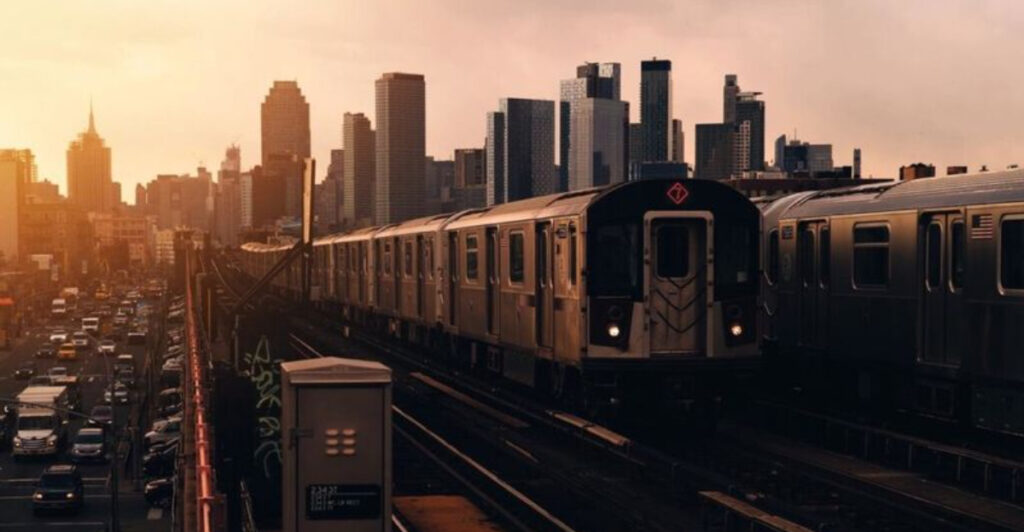Getting caught in overpriced restaurants and crowded attractions can quickly drain your travel budget and patience. Smart travelers know that the best experiences often happen away from the obvious hotspots where tour buses unload. Learning how locals navigate their own cities can transform your trip from expensive and frustrating to authentic and memorable.
1. Walk 5–10 Minutes Past the Landmark
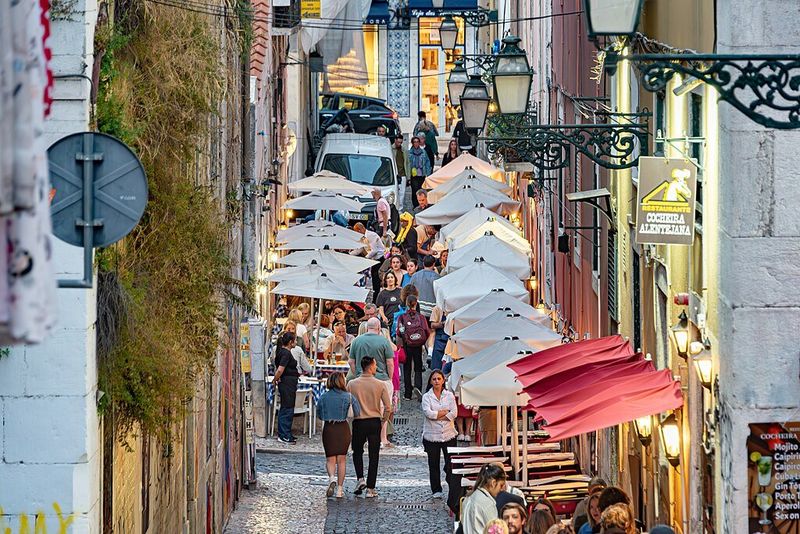
Famous monuments act like magnets for overpriced cafes and souvenir shops that charge double because they can. Smart locals know that rent drops significantly just a few blocks away, and businesses pass those savings to customers.
Pull out your phone’s map app and look for the walking radius around major sights. Restaurants and shops just outside this heavy cluster offer the same convenience without the tourist tax.
You’ll still snap great photos of the landmark, but your wallet will thank you when lunch costs half the price.
2. Read Recent Reviews, Not Just Star Averages
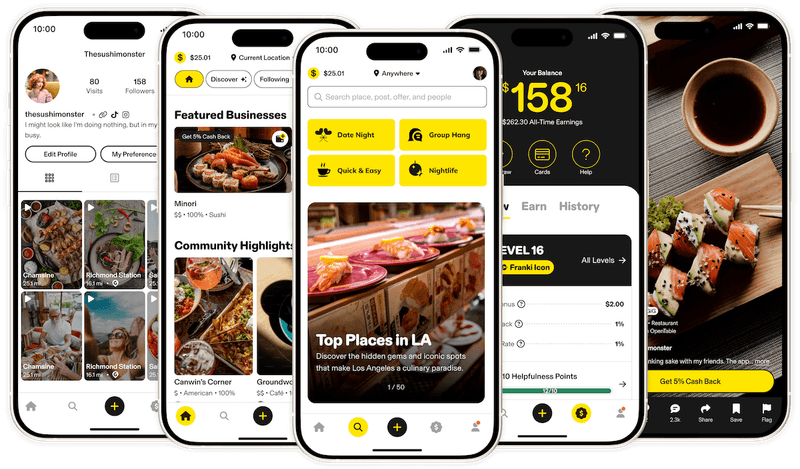
That four-star restaurant might have earned those ratings two years ago, but recent months could tell a different story. Click the filter for “Newest” reviews and scan for specific complaints about small portions, rude service, or inflated prices.
Look for patterns in recent feedback rather than getting fooled by an impressive overall score. One-star reviews from last week carry more weight than five-star praise from 2022.
Pay attention to mentions of tourist-targeted upselling, mandatory service charges, or menu switches that longtime customers didn’t appreciate.
3. Check the Menu and Fees Before You Sit
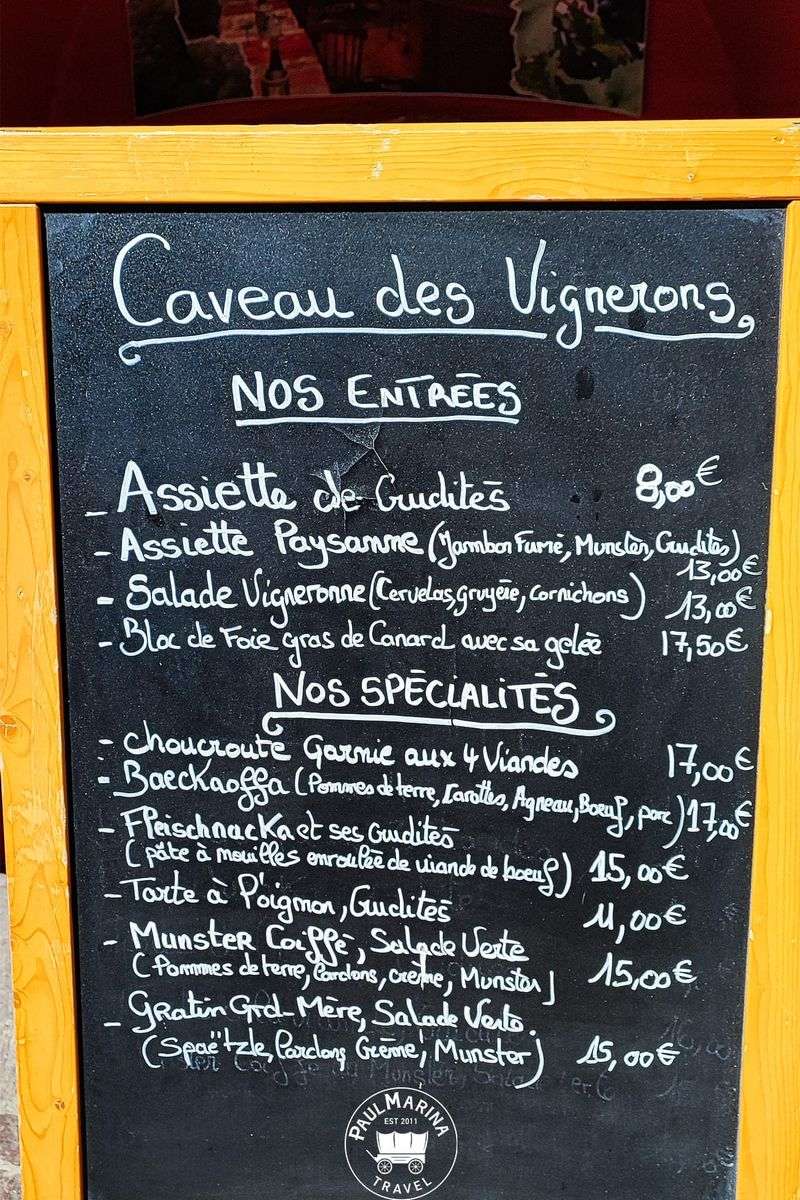
Many tourist-trap restaurants post misleading prices outside, then surprise you with service fees, cover charges, or mysterious “music fees” on the final bill. Always examine the full menu and ask about additional costs upfront.
Legitimate establishments will gladly explain their pricing structure and point out any mandatory charges. Places that dodge questions or seem annoyed by your curiosity are usually hiding something expensive.
Take a photo of posted prices if they seem too good to be true—you’ll want evidence if the bill doesn’t match what you expected.
4. Sanity-Check Skip-the-Line Claims on Official Sites
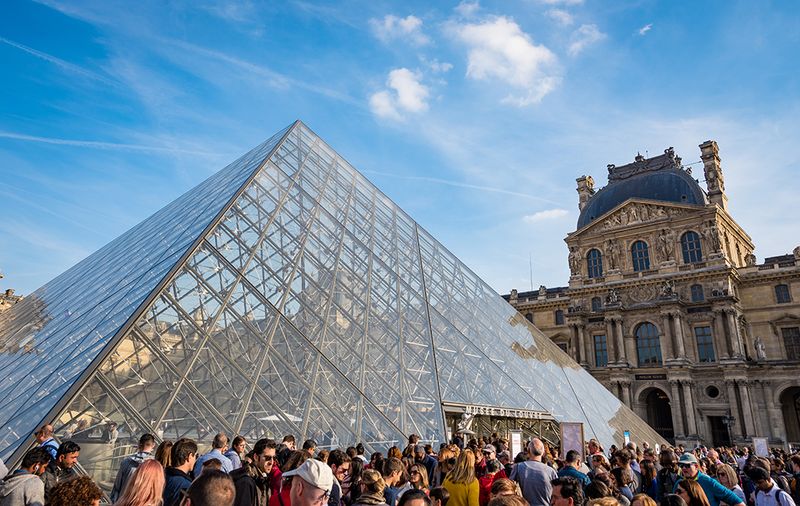
Third-party ticket sellers love adding $20-30 markups for “skip-the-line” access that museums often provide free with timed entry reservations. Before paying premium prices, visit the attraction’s official website first.
Many popular museums now offer free advance booking systems that accomplish the same goal without the middleman fee. Compare the official price and entry time with what resellers are charging.
If you discover the same time slot costs less directly from the source, you’ve just saved money and avoided potential ticket scams or booking complications.
5. Use Local Channels, Not Just Top 10 Lists

Generic travel blogs recycle the same recommendations, creating artificial demand that drives up prices at mediocre spots. Real locals hang out in neighborhood Facebook groups, city-specific Reddit forums, and community Discord servers.
These platforms reveal current favorites, seasonal events, and honest warnings about places that have gone downhill. Independent weekly newspapers and official tourism calendars also highlight authentic experiences.
Search for your destination plus “locals recommend” or “neighborhood forum” to find these hidden information goldmines that travel influencers haven’t discovered yet.
6. Follow the Weekday Lunch Crowd
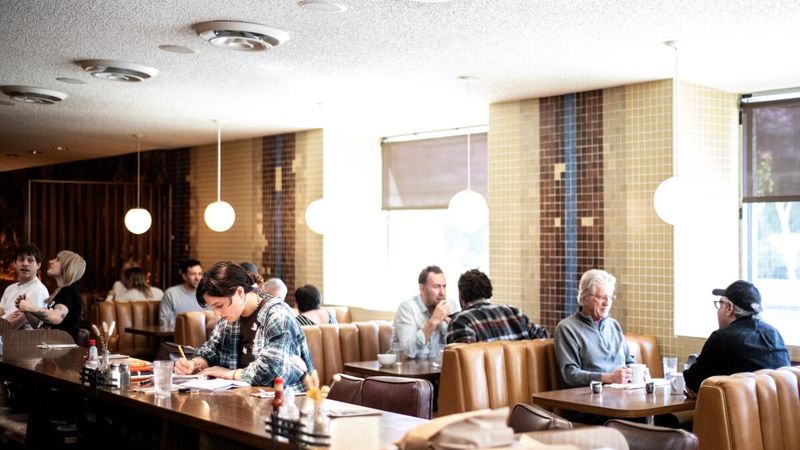
Office workers, construction crews, and local professionals vote with their feet every Tuesday through Thursday at noon. They know which places offer generous portions, fair prices, and quick service because they eat there regularly.
Look for lines at food trucks, busy market stalls, and family-run diners during the weekday lunch rush. These spots survive on repeat customers, not one-time tourists.
If the food impresses you at lunch, ask about dinner hours—many of these gems serve excellent evening meals at prices locals can actually afford.
7. Ride Transit One or Two Stops Away

Metro stops near famous attractions become expensive dead zones where landlords charge premium rent to businesses serving captive tourist audiences. Hop on the subway or bus for just one or two stops in any direction.
You’ll discover neighborhood bakeries, corner cafes, and local bars that price their menu for residents, not visitors. The short transit ride costs almost nothing but can cut your food and drink expenses in half.
Plus, you’ll experience authentic local life instead of the sanitized tourist bubble that surrounds major landmarks and popular photo spots.
8. Compare Passes with Quick Math
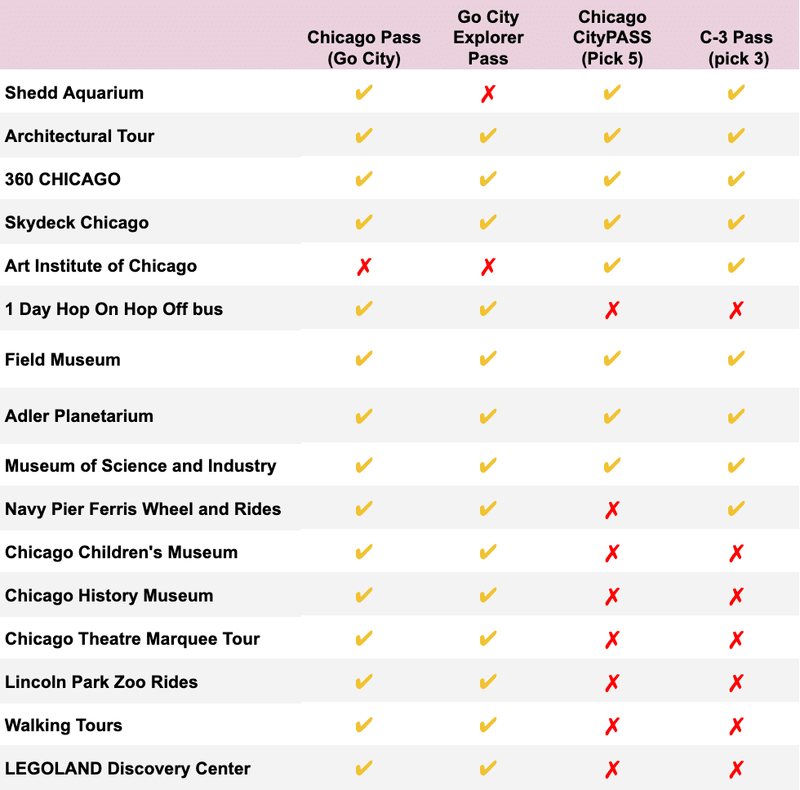
Tourism boards love selling expensive city passes that promise huge savings, but the math often doesn’t work unless you’re planning a museum marathon. List the specific attractions you actually want to visit and add up individual ticket prices.
Factor in the time needed to visit everything included in the pass—most travelers overestimate how many sights they’ll realistically see in a day or weekend trip.
If your total falls below the pass price, especially after accounting for advance reservations you still need to make, skip the bundle and buy individual tickets instead.
9. Choose Markets and Food Halls Locals Actually Use
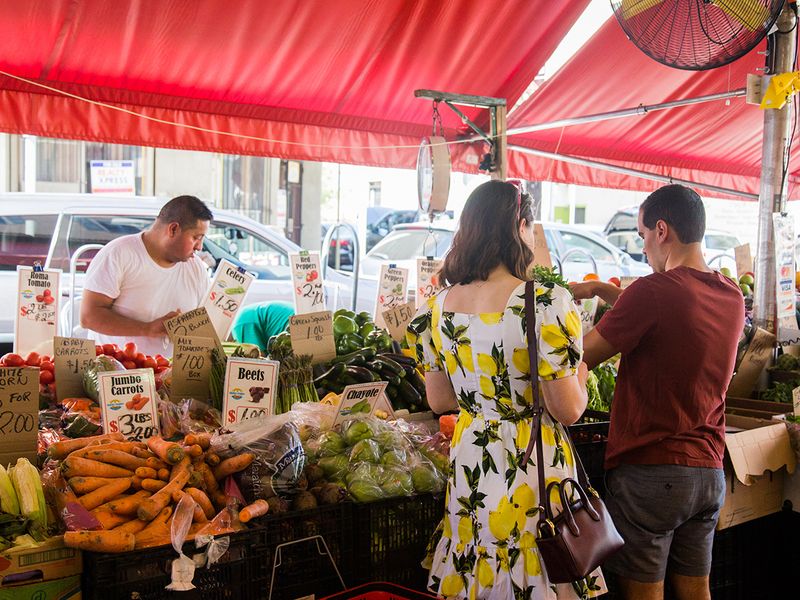
Authentic public markets buzz with butchers, fishmongers, and produce vendors serving neighborhood residents who shop there weekly. You’ll see office workers grabbing lunch, families doing grocery shopping, and genuine food culture in action.
Avoid markets dominated by souvenir stands and tourist-focused food stalls with inflated prices and mediocre quality. Real markets have unglamorous but essential vendors like key cutters, tailors, and hardware stalls.
Follow the lunch lines and watch for locals carrying takeout containers—these visual cues point you toward the best value and most authentic flavors available.
10. Time Your Visits for Dawn or Late Evening

Tour buses operate on predictable schedules, dumping crowds at popular monuments between 10 AM and 4 PM when lighting is harsh and spaces feel chaotic. Early morning and evening visits offer the same iconic views with dramatic lighting and peaceful atmospheres.
Sunrise at famous landmarks provides incredible photo opportunities without fighting through selfie stick forests. Late evening visits often coincide with beautiful golden hour lighting that makes everything look magical.
Many outdoor attractions stay accessible after official hours, letting you experience their beauty without the commercial chaos that dominates peak visiting times.
11. Learn Local Tipping and Payment Norms
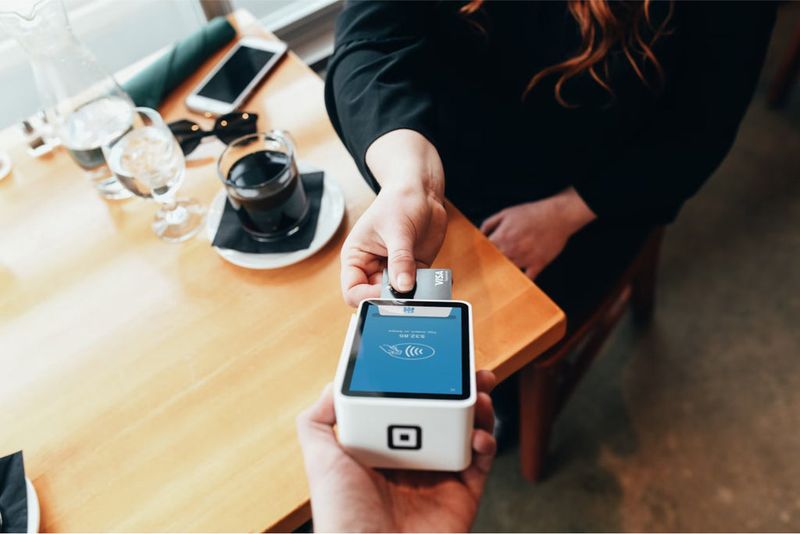
Understanding whether service charges are included, if cash is preferred, or whether contactless payments are standard helps you avoid “convenience” fees at tourist-targeted currency exchanges and marked-up ATMs near attractions.
Research tipping customs before you arrive—some cultures include service in the bill while others expect specific percentages. Knowing these norms prevents awkward situations and ensures you’re not overpaying or undertipping.
Use bank-affiliated ATMs and your card’s network exchange rate instead of airport kiosks or tourist-area money changers that often charge premium conversion fees for convenience.
12. Book Small Tours with Licensed, Well-Reviewed Guides
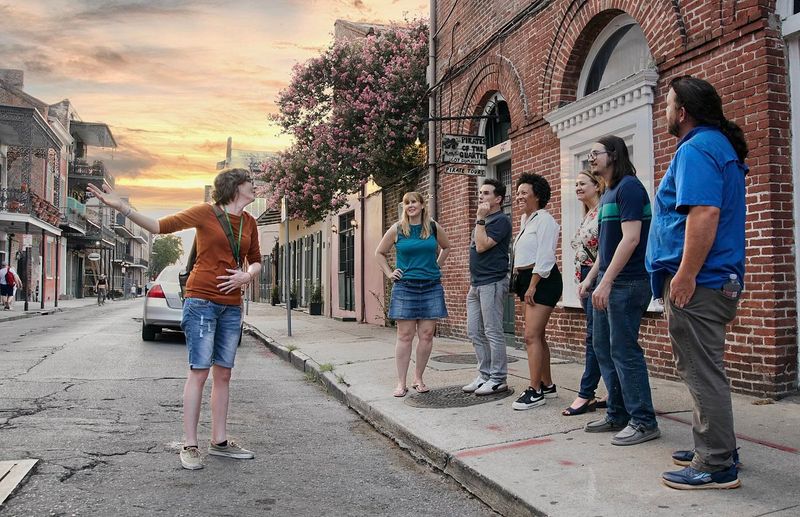
Large tour companies pack 30-50 people onto buses and rush through scripted presentations, while small operators with licensed guides offer personalized storytelling and intimate group experiences for similar prices.
Check company websites for guide licensing information, read recent reviews for consistency, and verify clear cancellation policies before booking. Micro-operators often provide insider knowledge and flexibility that big companies can’t match.
Small group tours let you ask questions, explore at a comfortable pace, and discover hidden spots that bus tours skip due to size constraints and tight schedules.
13. Ask the Right Locals the Right Question
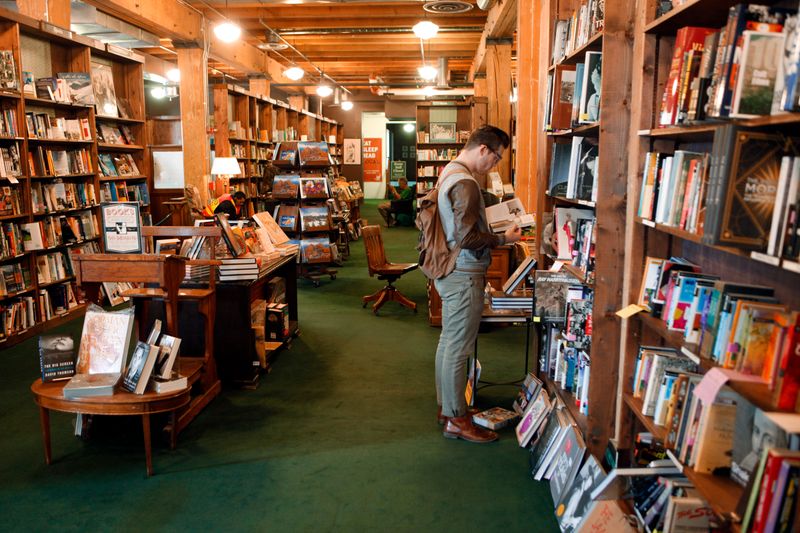
Instead of asking “Where should I eat?” try “Where do you go on your day off near here?” This specific question gets honest recommendations from people who know the area intimately and aren’t incentivized to send you somewhere.
Target baristas, bookstore staff, gallery employees, and other service workers who aren’t paid commissions for directing tourists to partner restaurants or shops. They’ll share genuine favorites without hidden agendas.
Avoid asking hotel concierges or tour desk staff who often receive kickbacks from recommended establishments—their suggestions prioritize their earnings over your authentic experience and budget.

